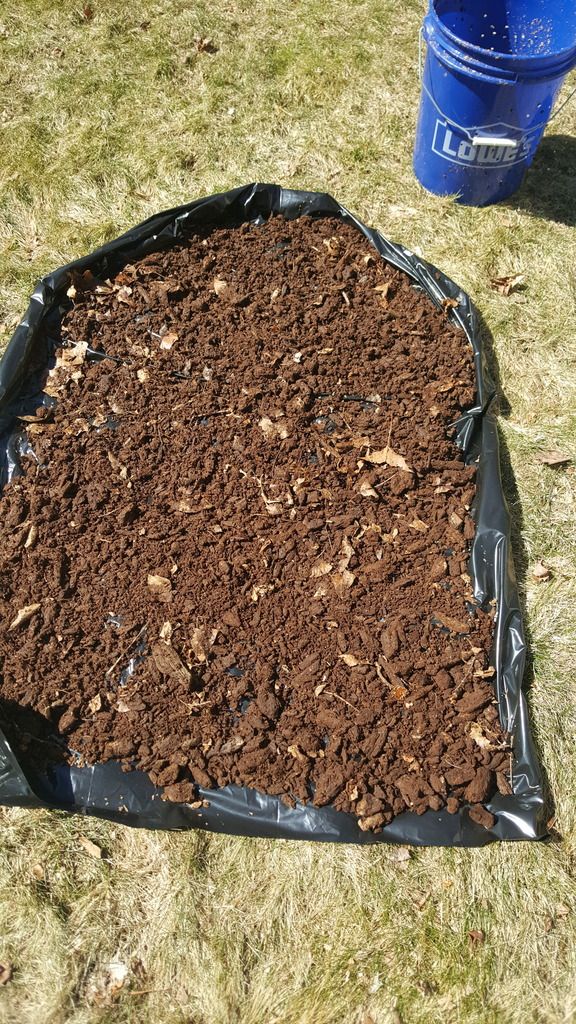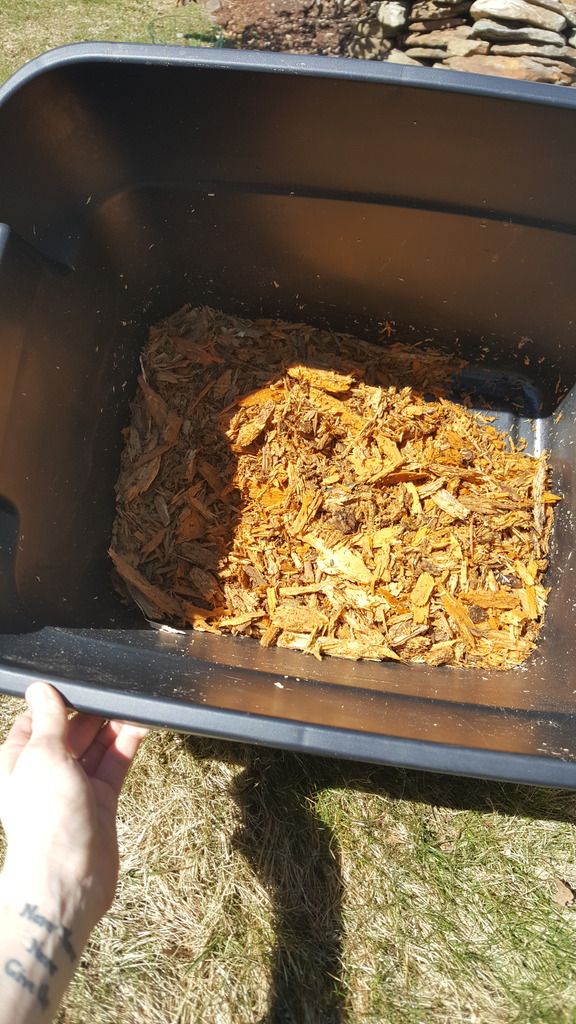As white rot wood continues to decay, it darkens naturally as other organic materials build up. This darkening is not the same as brown-rot, but it is an indicator that the cellulose is being broken down more and organic waste and microbes building up. You can tell the difference between very dark, aged substrate versus high-lignin substrate that has almost no nutritional value for beetle larvae. Aged substrate will feel soft--kind of like wet, macerated newspaper and lignin-based substrates will always feel gritty. White rot wood was definitely not a great substrate for most rhinoceros beetles I've raised. I've kept some that seemed to like feeding on large chunks of white rot wood, but they did still have a substrate that was primarily leaf mold and heavily fermented saw dust.
The color of the fermented wood is not a great indicator of readiness. I've had fermented substrate appear ready for use, but upon adding some boiling water to kill some pesky fungus gnats, most of the brown coloration washed away and I was left with sawdust that was nearly as light as what I had started with! Grinding it between my fingers showed that it was still mostly unfermented sawdust as it was still grainy with sharp edges instead of soft. The determination of whether or not substrate fermented by an amateur hobbyist such as ourselves is best done using multiple indicators such as color, smell, and most importantly, texture. From my experiences, it's unreliable to use just one indicator and I've had plenty of moments where I've found myself using substrate that was not quite ready yet. When in doubt, it's a good idea to try some substrate on just one of your larvae before switching them all if you have enough to spare one. The larvae will always let you know if the substrate is good or not--hopefully you notice before they perish!




